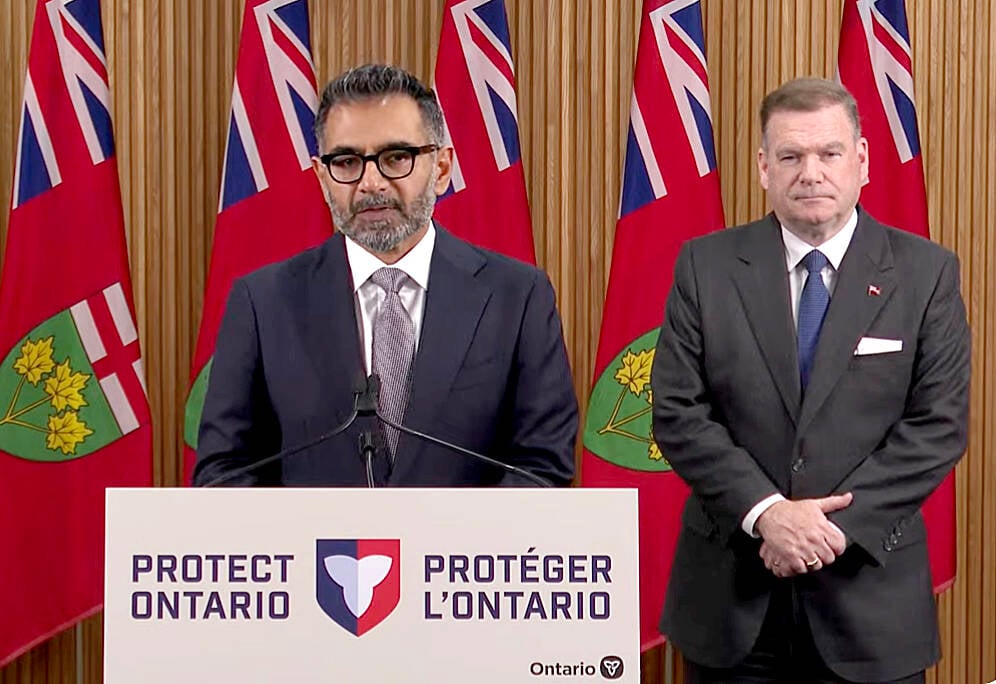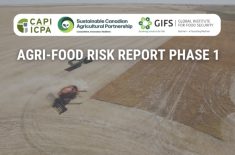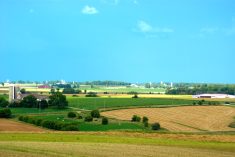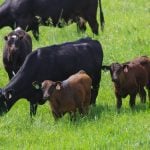There was heady excitement last year when the federal government’s Advisory Council on Economic Growth, led by Dominic Barton, identified agriculture as one of six sectors that could lead this country’s economy over the next decade.
The prevailing response from within the sector was that ‘finally,’ agriculture is being acknowledged for the economic powerhouse it is and can be in the future. Until recently, the success of the sector was perceived almost singularly according to one benchmark — the state of farm incomes. While farmers are an important part of the food value chain, they are but one piece of it.
Read Also

Conservation Authorities to be amalgamated
Ontario’s plan to amalgamate Conservation Authorities into large regional jurisdictions raises concerns that political influences will replace science-based decision-making, impacting flood management and community support.
Nevertheless, it was a little shocking to read the ambitious targets the Barton report laid out: to increase Canada’s farm and food exports to $75 billion within the next decade, roughly doubling its share of the global export market.
That rolls off the tongue pretty easily. When we’ve seen these sorts of lofty projections in the past, they’ve failed to take into account the pressure that sort of productivity intensification places on the resource base. For example, some of the crop-specific targets, such as for canola, have been unrealistic given the need for farmers to manage their rotations to control disease and weed pressures.
These latest targets are based on one-third of the gains coming from agriculture exports, with the balance arising from value-added exports.
Even so, when the Canadian Agri-Food Policy Institute (CAPI) dived into what achieving that target might look like in a series of workshops last year, the path forward became murky.
The consultations concluded that achieving $75 billion in exports by 2027 is doable but complicated if you consider quality of growth rather than simply focusing on scale.
“It is far from clear how we can do this while maintaining and enhancing Canada’s natural capital and improving health and well-being of current and future Canadians, as well as preserving public trust,” it says in a newly released summary of what it heard. “Without these dimensions, the sector cannot sustain long-term growth or contribute fully to a comprehensive growth strategy for Canada.”
CAPI challenged stakeholders to consider whether the targets are realistic, whether it can be done while improving natural capital, the compatibility with other policy objectives and the role of science and innovation.
First of all, the value of carving out more space in global markets for Canadian food ingredients and products depends a lot on how those markets evolve. The Organization of Economic Co-operation and Development (OECD) projects lower growth in global agri-trade because both population and incomes are growing more slowly. The international trade scene is also unpredictably volatile with the current crew of world leaders more interested in disrupting trade than enhancing it.
There’s not much point in filling more boats with grains and oilseeds if the returns are lower than the true cost of production, which has arguably been the case in the past if you consider that we’re using both renewable and non-renewable resources to produce those crops.
While Canada ranks high on a global scale for the amount of natural capital it has per capita, that doesn’t mean it’s doing a stellar job of protecting its resources. The CAPI report notes that 20 per cent of monitored water sites show declining quality due to nutrient pollution from agricultural and urban wastewater sources, persistent toxic substances and chemicals. As well, 88 per cent of farmland in central Canada is showing a decrease in soil organic matter.
The CAPI workshops zeroed in on the need for investment in science and innovation to not only spur productivity but to identify products, practices and policies that improve sustainability and food quality.
Again, that’s easier said than done. Barriers include a critical shortage of human capital, the public’s suspicion of new technologies and a research machine that is primarily configured around yield.
But CAPI is on the right track. Rather than making export targets the end goal, export growth is but one outcome of a sector that is adding value to the quality of life for Canadians on a host of important metrics: nutrition, environmental quality, food security, health — and wealth.













